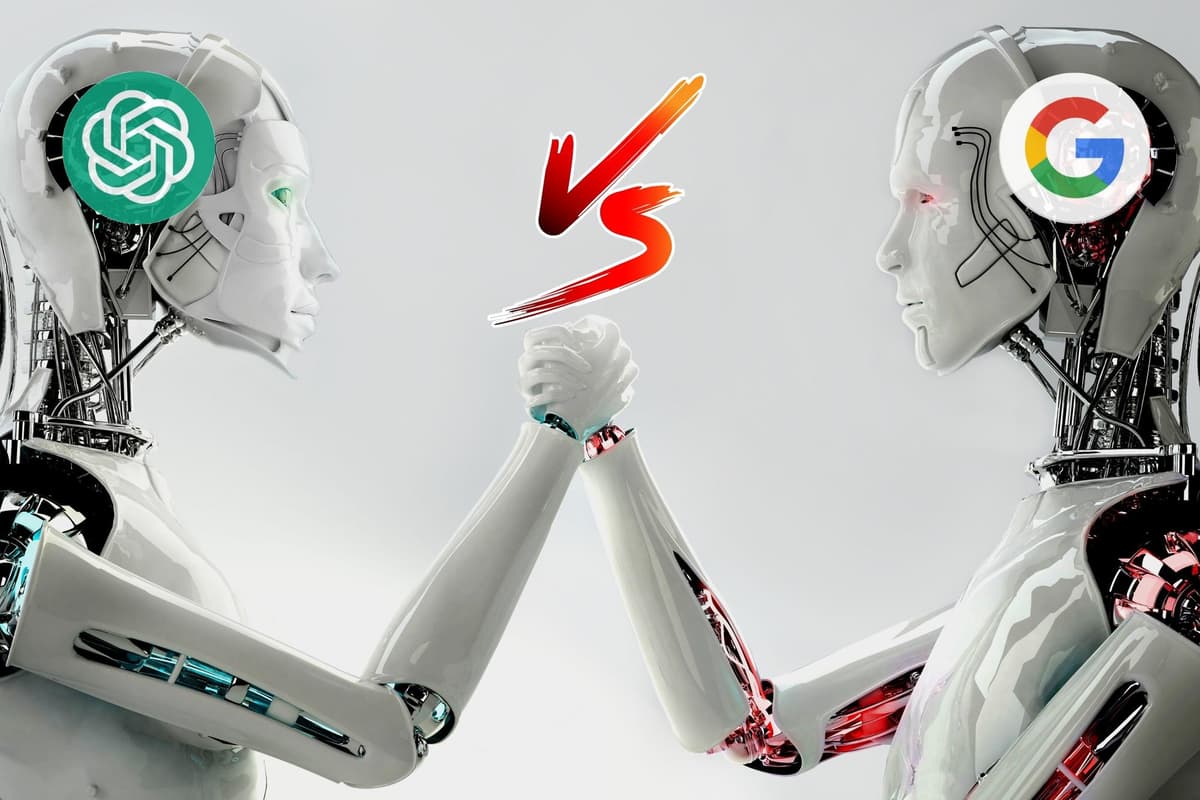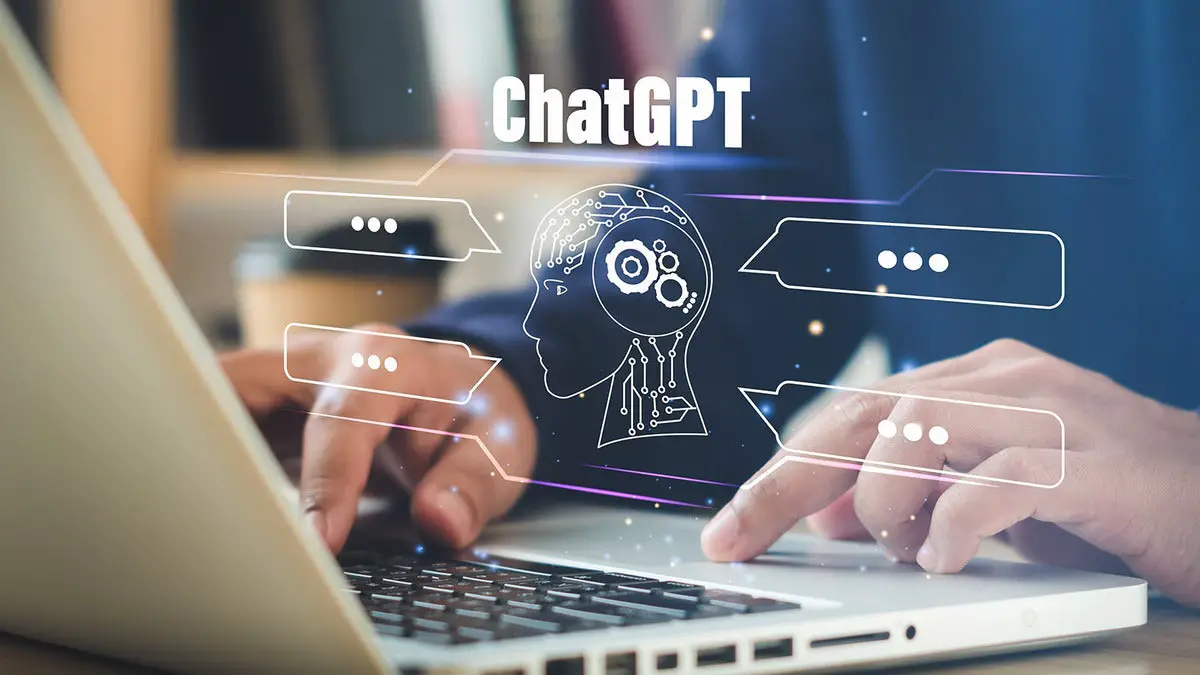Artificial intelligence (ai) and machine learning (ml) are two rapidly evolving technologies that are transforming various industries. The future of ai and ml is promising, with these technologies expected to continue to advance and become even more prevalent in various aspects of life.
Ai refers to the development of machines that can perform tasks that typically require human intelligence, such as communication, problem-solving, and learning. On the other hand, ml involves training machines to learn from data and improve their performance over time without being explicitly programmed.
While often used interchangeably, ai and ml are distinct disciplines that complement each other and are poised to shape our future in profound ways.

Credit: www.scotsman.com
Understanding Differences Between Ai And Machine Learning
Explanation Of Ai And How It Works
Artificial intelligence (ai) is the capability of machines to imitate human intelligence by performing tasks such as speech recognition, decision-making, language translation, and visual perception. This technology aims to create machines that can perform tasks that usually require human intelligence – such as understanding natural language and recognizing objects.
The ai system operates by studying the data, analyzing it, identifying patterns, and using that information to complete tasks. It processes large data sets and uses algorithms and statistical models to recognize patterns, which then leads to intelligent decision-making.
Explanation Of Machine Learning And How It Works
Machine learning (ml) refers to the use of ai algorithms to enable machines to learn from data sets and improve performance automatically. Ml algorithms enable machines to make predictions or decisions based on input data. The process has three primary stages, namely data processing, learning, and prediction.
Data processing involves collecting, cleaning, and organizing large data sets for analysis. Machines learn from this data through training. By identifying patterns in the data, the learning process improves the machine’s predictive accuracy, and it can make more informed decisions.
Finally, the machine uses these learned patterns to predict outcomes.
Differences Between Ai And Machine Learning
While both terms are frequently used interchangeably, there are differences between ai and ml.
- Ai refers to machines that can imitate human intelligence, whereas ml refers to machines that learn from data.
- Ai is better suited for tasks that require decision-making, while ml focuses mainly on pattern recognition and prediction.
- Ai imitates human reasoning processes, whereas ml focuses on data-driven decision-making.
The Importance Of Understanding The Differences Between Ai And Machine Learning For Future Developments
It is vital to understand the differences between ai and ml for future developments, as they have different applications, and each requires a different set of skills. It also enables businesses to assess which technology is best suited for their specific needs.
Moreover, having a clear understanding of these two technologies enables development teams to train models and implement them effectively to obtain optimum results in applications. For instance, ai technology is best suited for developing chatbots, while ml technology is more appropriate for predictive analysis.
The ability to understand the differences between ai and ml technologies will play a crucial role in shaping the future of businesses, industries, and society as a whole. By leveraging the unique strengths of each technology, we can optimize their applications and achieve greater success in our digital endeavors.
Advancements And Challenges In The World Of Ai Vs Machine Learning
Artificial intelligence (ai) and machine learning (ml) are technologies that have become popular in recent years. Ai is used to create intelligent machines that can mimic human behavior, while ml is used to teach machines to learn on their own.
Both these technologies are growing rapidly and have the potential to revolutionize various industries. Here are some recent advancements and challenges in the world of ai vs machine learning.
Recent Advancements In Ai And Machine Learning
- In recent years, ai has made significant progress in image and speech recognition, making it possible for machines to recognize images and voices.
- Google’s ai deepmind is an example of machines teaching themselves to learn to play games, solving puzzles, and predicting outcomes.
- The emergence of generative adversarial networks and their potential is probably the biggest advancement in recent years. Ai-driven gan models are highly effective in improving patterns in data and generating new data.
The Role Of Big Data In Ai And Machine Learning
To enable ai machines to learn independently, it requires vast amounts of data, and that is where big data comes into play. Big data provides the raw material that machines use to learn effectively.
- Big data provides an enormous volume of diverse data which helps ml algorithms learn and improve.
- Massive amounts of data stored in data warehouses train ai models, which can be used for decision-making processes and strategic applications.
Concerns And Challenges Faced In The World Of Ai And Machine Learning
Although rapid progress has been made in ai and ml, there are still significant concerns and challenges that have arisen, such as:
- The lack of transparency in ai machines that inhibits trust in their decision-making process.
- The potential for ai and ml to replace jobs traditionally performed by humans, with broad implications for society.
- There are still ethical concerns over the use of ai and ml. For instance, the role of bias in training datasets can significantly impact the outcomes.
The Future Of Ai And Machine Learning
More advancements in ai and machine learning are expected in the future with a massive impact on our daily lives:
- It is expected that ai and ml will revolutionize various sectors such as healthcare, banking, and logistics, to name a few.
- Advances in ai and ml are expected to accelerate the development of autonomous vehicles and transportation.
- Artificial general intelligence (agi) is the next step in the evolution of ai and ml. It aims to create machines that are capable of performing any intellectual task and can think and make decisions like humans.
The advancements in ai and ml are impressive, but it is essential to use and regulate these technologies responsibly. Ai and ml have massive potential to change our lives, but the consequences must be considered and addressed.
The Future Of Work And Ai Vs Machine Learning
The rapid advancements in ai and machine learning technologies over the past few years have left no doubt that they will soon become an integral part of our everyday lives. With their growing adoption, we can now expect significant changes in various aspects of our lives, including the way we work.
In this section, we will explore how ai and machine learning may change the workforce and the roles humans may play in this new reality.
How Ai And Machine Learning May Change The Workforce:
- Ai and machine learning may significantly change the way we work in the future by automating many of the tasks that are currently done by humans.
- With the help of ai and machine learning, work processes can become more efficient, accurate and cost-effective.
- Ai and machine learning can reduce the need for repetitive and mundane work, freeing up employees’ time to focus on more creative and strategic tasks.
- Ai and machine learning can enable companies to collect more data, improve their decision-making processes, and develop new products and services.
Jobs At Risk Due To Ai And Machine Learning:
- Many jobs that require skill sets that can be automated with ai and machine learning are at risk of becoming redundant.
- Some examples of jobs that might be affected are customer service, data entry, transportation, manufacturing, and certain types of healthcare roles.
- Ai and machine learning could replace or augment positions that require repetitive or low-skill tasks, which could leave many employees without jobs in the long run.
New Job Opportunities That May Emerge Due To Ai And Machine Learning:
- As jobs become automated, new career opportunities will arise as organizations require skilled employees to develop, maintain, and integrate ai and machine learning technologies.
- Many roles will require a combination of technical and data literacy skills with critical thinking and problem-solving abilities to create and apply these new technologies effectively.
The Role Of Humans In The World Of Ai And Machine Learning:
- While ai and machine learning can perform many tasks, they cannot replace human intelligence, creativity, and social skills.
- Humans will still have a significant role in the workplace, such as strategic decision-making, leadership roles, creativity, and critical thinking skills, to name a few.
- Humans will also play a crucial role in ensuring ethical ai usage and decision-making to ensure that ai and machine learning technologies align with the organization’s cultural and ethical values.
While ai and machine learning will undoubtedly change the workplace significantly, they will also create new opportunities for businesses and employees to grow. As we move towards an ai-driven future, the role of humans is crucial in developing and integrating these technologies effectively while ensuring they align with our values and ethics.
Frequently Asked Questions For Ai Vs Machine Learning: What Does The Future Hold?
What Is The Difference Between Ai And Machine Learning?
Artificial intelligence is a field of computer science that simulates human intelligence, while machine learning is a subset of ai that uses statistical methods to enable machines to learn from data.
How Is Ai Being Used In Everyday Life?
Ai is being used in various ways such as virtual assistants, facial recognition, self-driving cars, predictive analytics, and personalized medicine.
What Are The Benefits Of Ai And Machine Learning?
The benefits of ai and machine learning include increased efficiency, improved decision-making processes, reduced errors, increased accuracy and reliability, and more personalized experiences.
What Is The Future Of Ai And Machine Learning?
The future of ai and machine learning is expected to be very promising as they continue to evolve and become more sophisticated. They are expected to impact various industries such as healthcare, finance, transportation, and more.
Conclusion
It’s clear that both ai and machine learning are rapidly evolving technologies with the potential to dramatically transform our world. They can automate repetitive tasks, enhance decision-making processes, and help solve complex problems. While ai and machine learning have their own unique applications, they do overlap in some areas.
However, the distinction between them is crucial, and understanding the difference can help individuals and organizations strategize better. The future of these technologies is promising, and we can expect to see continued growth in their implementation in various fields. As ai and machine learning become more sophisticated, we will see new use cases that we can hardly imagine today.
However, with this advancement also comes the responsibility to ensure that ai stays ethical and continues to serve the greater good. Ultimately, the future is in our hands, and how we use these technologies will determine the shape of our world in the years to come.


